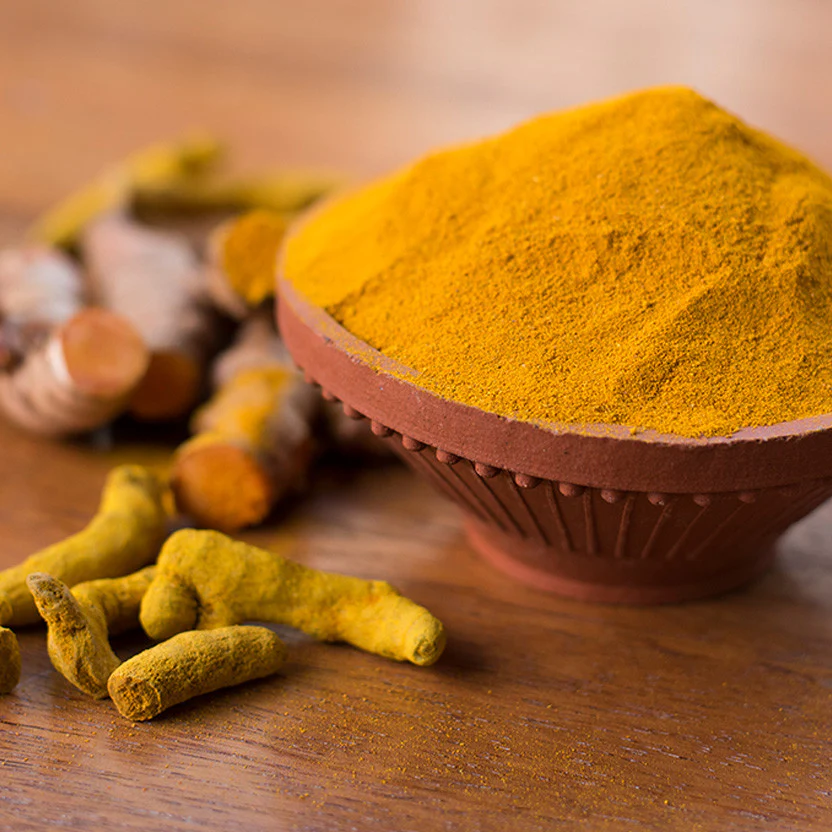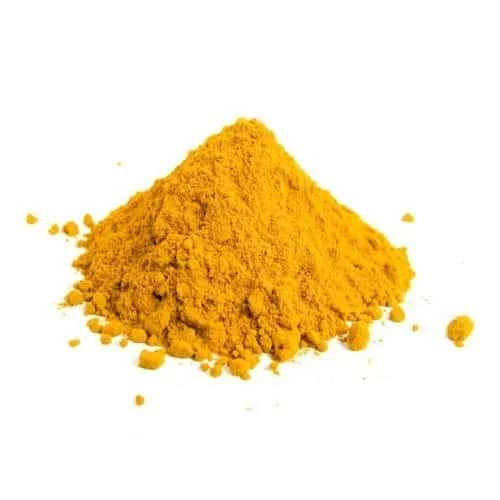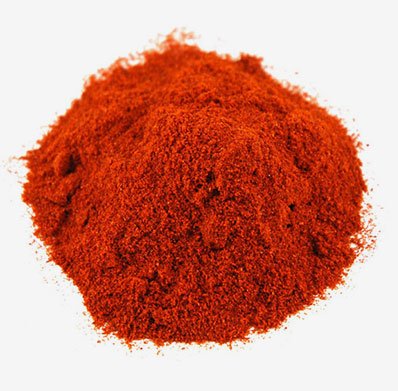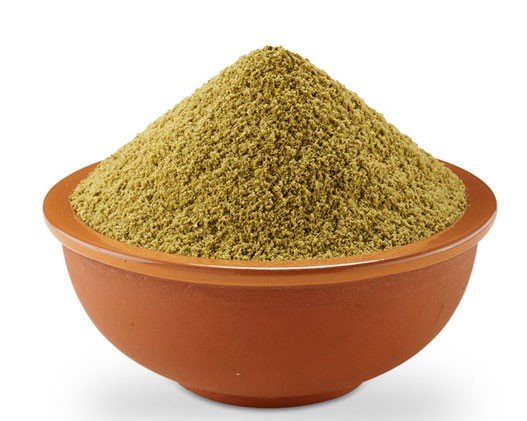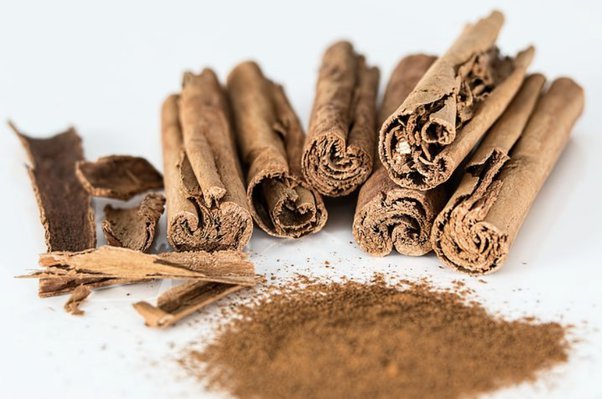Tumeric Powder
Tumeric Powder
Turmeric has a warm, bitter taste and is frequently used to flavor or color curry powders, mustards, butters, and cheeses. Because curcumin and other chemicals in turmeric might decrease swelling, it is often used to treat conditions that involve pain and inflammation. People commonly use turmeric for osteoarthritis.
Turmeric is a product of Curcuma longa, a rhizomatous herbaceous perennial plant belonging to the ginger family Zingiberaceae, which is native to tropical South Asia. As many as 133 species of Curcuma have been identified worldwide
The flavor of turmeric is described as a little bitter, a little peppery like mustard or horseradish, with a slight ginger flavor. It's most often used for coloring more than for the flavor. If you leave it out of a recipe, you may not notice much change in flavor, but the dish won't be as golden as desired.
Specification of Tumeric Powder
| Parameters | Result | Unit | Specification as FSAAI | Method |
|---|---|---|---|---|
| General characteristics | satisfactory | - | satisfactory | visual inspection |
| moisture | 7.6 < 8.1 | % (M/M) | Max 11% | IS 1797:1985-9 |
| total ash | 5.8 < 6.85 | % (M/M) | Max 8% | IS 1797:1985-6 |
| acid insoluble ash | 0.3 | % (M/M) | Max 1.3% | IS 1797:1985-8 |
| curcuminoids content | 3.26 < 3.7 | % (M/M) | Max 2% | IS 10925:1984 |
| lead chromate | Negative | --- | Negative | IS 3576 |
| Stractch | 45.7 < 47.1 | % (M/M) | Max 60% | IS 4706-2 |
| retention particular size (250 Micron) | 1.49 < 1.8 | % (M/M) | - | Inhouse SOP |

